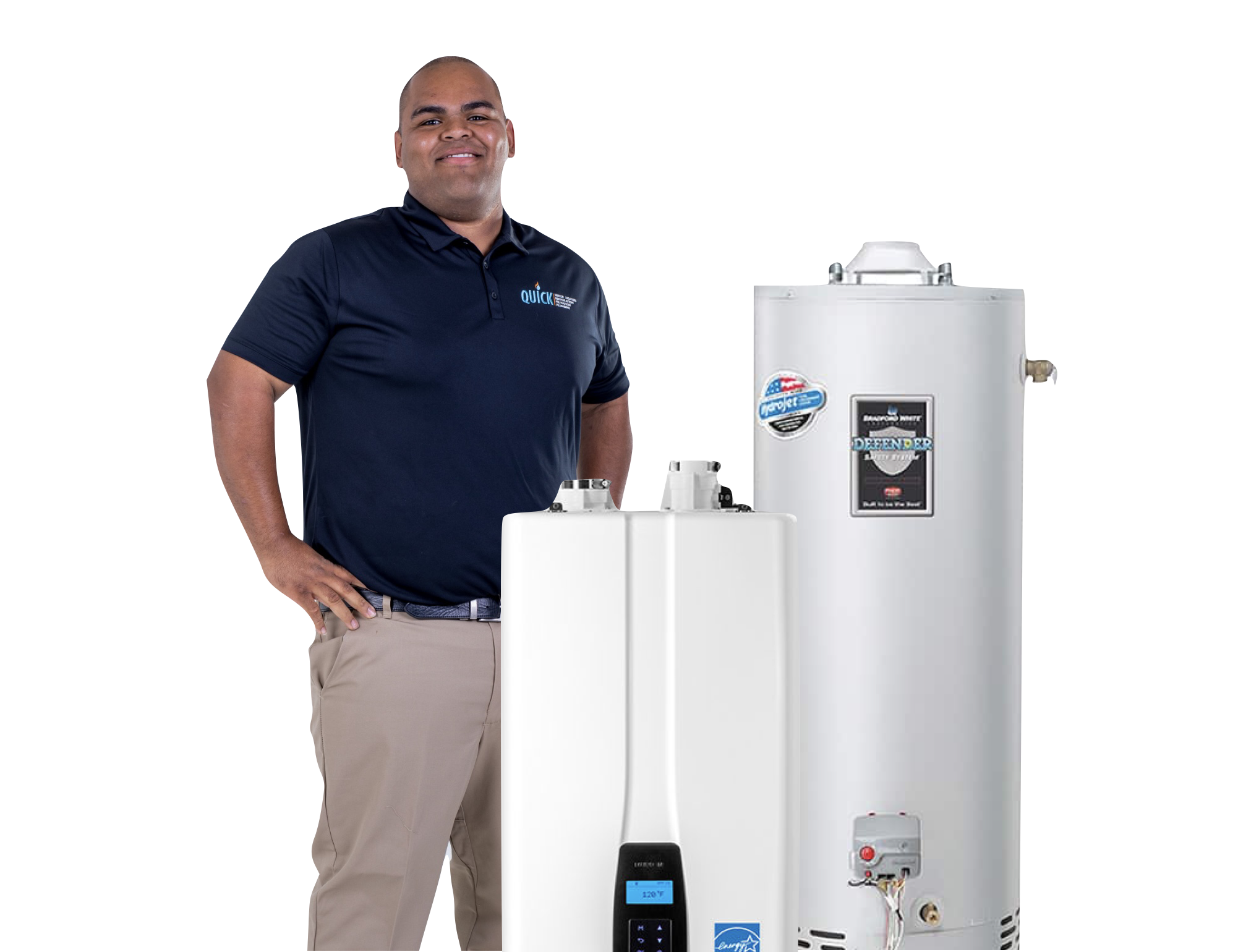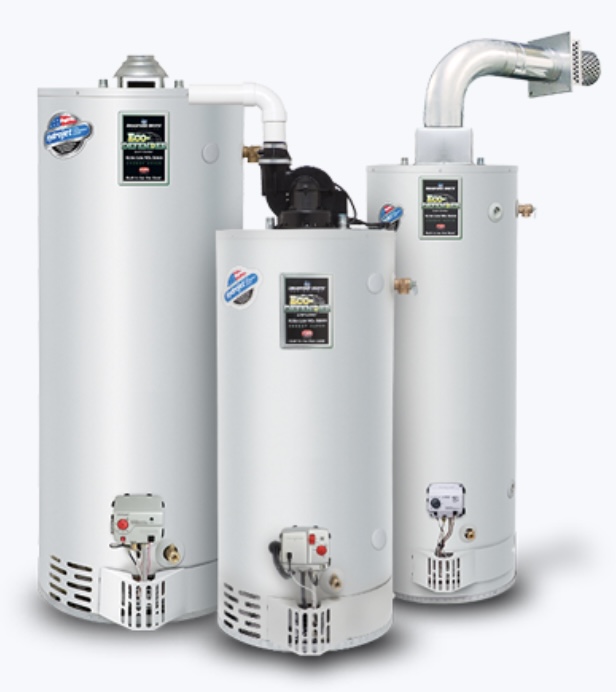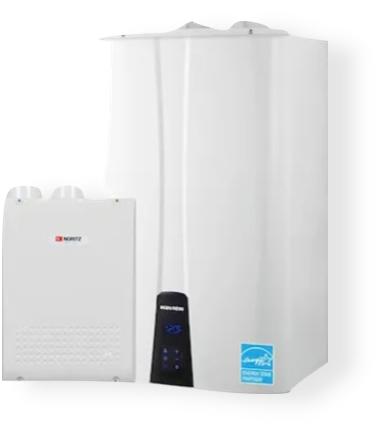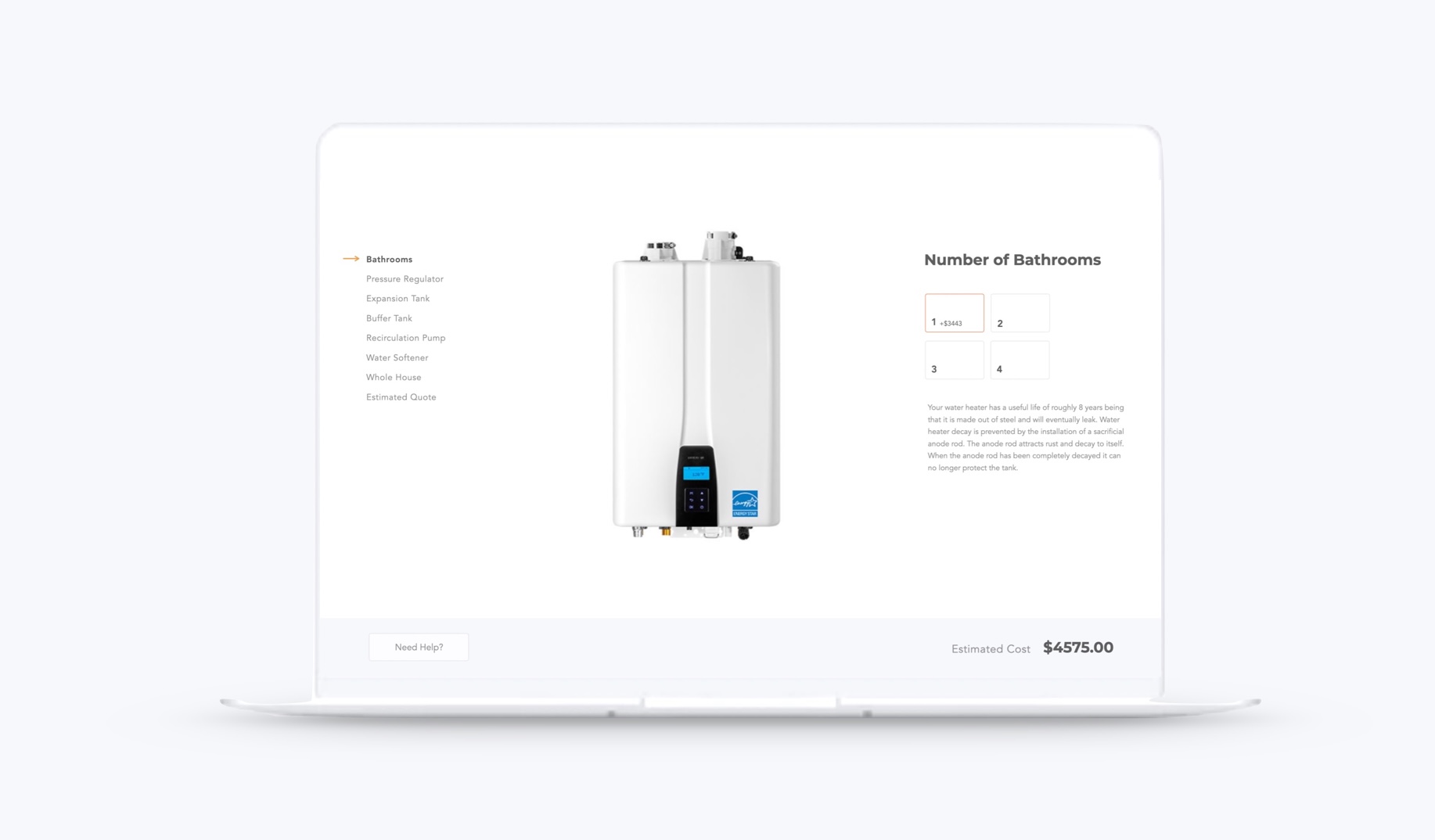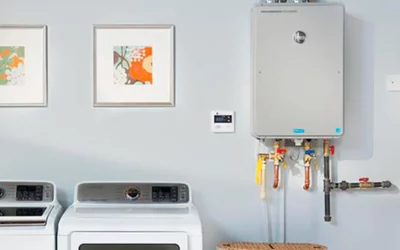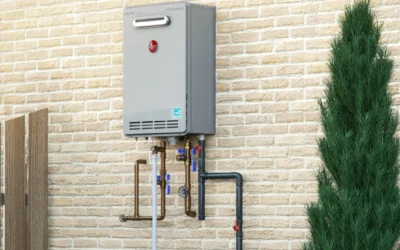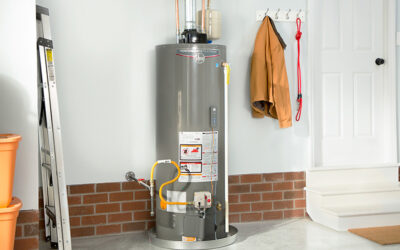If you are experiencing issues with your hot water heater, it is essential to know how to repair it. This comprehensive guide provides valuable tips and step-by-step instructions to help you troubleshoot and fix common problems. From checking the power supply and inspecting the heating element to testing the thermostat and replacing faulty valves, you will learn everything you need to know to repair your water heater effectively. Additionally, we provide insights on regular maintenance, signs of a faulty thermostat, and the lifespan of a water heater. Whether you need to repair the water heater tank, the internal components, or simply need some general tips, this guide has got you covered.
How Do I Repair My Water Heater?
Learn how to repair your water heater with these step-by-step tips and instructions.
1. Check for Power Supply
When repairing a hot water heater, one of the important steps is to check for power supply. This involves ensuring that the heater is properly connected to a power source and that there are no issues with the electrical supply. It is crucial to turn off the power to the heater before performing any inspections or repairs to avoid the risk of electric shock. By checking the power supply, you can identify any potential electrical problems that may be causing issues with the heater’s functionality.
2. Inspect the Heating Element
Inspecting the heating element is an important step in repairing a hot water heater. To begin, ensure that the power supply to the water heater is turned off to avoid any accidents. Next, locate the heating element, which is typically found at the bottom or side of the tank. Carefully inspect the element for any signs of damage or wear, such as corrosion or broken wires. If you notice any issues, it may be necessary to replace the heating element. Additionally, make sure to clean any dirt or debris that may have accumulated around the element. By properly inspecting the heating element, you can identify and resolve any problems that may be affecting the performance of your water heater.
3. Test the Thermostat
To test the thermostat of your water heater, follow these steps:
- Turn off the power supply to the water heater.
- Remove the access panel to expose the thermostat.
- Use a multimeter to check the continuity of the thermostat. Set the multimeter to the resistance or ohms setting.
- Place one probe on each terminal of the thermostat.
- If the multimeter reading shows zero resistance or continuity, the thermostat is functioning properly.
- If there is no continuity or the reading is infinite, the thermostat is faulty and needs to be replaced.
- Replace the thermostat if necessary and ensure it is properly connected.
- Put back the access panel and turn on the power supply to the water heater.
By testing the thermostat, you can determine if it is the cause of any heating issues with your water heater and take the necessary steps to repair or replace it.
How to Repair Water Heater Tank
Learn how to repair your water heater tank by following these simple steps to drain the tank, replace any faulty valves, and insulate it to improve its efficiency and lifespan.
1. Drain the Tank
To drain the tank of your water heater, follow these steps:
- Turn off the power supply to the water heater.
- Locate the drain valve at the bottom of the tank.
- Attach a garden hose to the drain valve and place the other end in a suitable drainage area.
- Open the drain valve by turning it counterclockwise.
- Allow the water to completely drain from the tank.
- Once the tank is empty, close the drain valve by turning it clockwise.
- Remove the garden hose and make sure the valve is tightly closed.
Remember to exercise caution when draining the tank, as the water may be hot. Following these steps will help you successfully drain your water heater tank.
2. Replace the Faulty Valve
To replace a faulty valve in your water heater, follow these steps:
1. Shut off the power supply and gas line to the water heater. This will ensure your safety during the repair process.
2. Turn off the cold water supply valve to the water heater. This will prevent any water from flowing into the tank while you work on replacing the valve.
3. Attach a garden hose to the drain valve at the bottom of the tank. Place the other end of the hose in a suitable drain or outside where the water can safely drain.
4. Open the drain valve and let the water in the tank drain completely. This will help prevent any water from spilling out when you remove the faulty valve.
5. Use a wrench or pliers to disconnect the pipes connected to the valve. Be careful not to damage any other components of the water heater while doing this.
6. Remove the old valve from the water heater by unscrewing it counterclockwise. Make sure to properly dispose of the old valve.
7. Take the new valve and wrap the threads with plumber’s tape. This will help create a watertight seal when you install it.
8. Screw the new valve into place by turning it clockwise until it is securely tightened. Use a wrench or pliers to ensure it is properly tightened.
9. Reconnect the pipes to the new valve and tighten them securely.
10. Close the drain valve and remove the garden hose.
11. Turn on the cold water supply valve and let the tank fill up with water.
12. Check for any leaks around the new valve and pipes. If you notice any leaks, tighten the connections further or consider calling a professional for assistance.
13. Once you are confident that there are no leaks, turn on the power supply and gas line to the water heater.
14. Allow the water heater to heat the water to the desired temperature before using it.
By following these steps, you can successfully replace a faulty valve in your water heater and ensure its proper functioning. Remember to always prioritize safety and consider seeking professional help if you are unsure about any aspect of the repair process.
3. Insulate the Tank
To insulate the tank of your water heater, follow these steps:
- Turn off the power supply to the water heater.
- Drain the tank completely.
- Measure and cut insulation material to fit around the tank.
- Wrap the insulation around the tank, ensuring a snug fit.
- Secure the insulation with tape or straps.
- Reconnect the power supply and turn on the water heater.
Insulating the tank helps to improve energy efficiency and reduce heat loss, resulting in lower energy bills. It also helps to prevent the tank from freezing in colder climates. By following these steps, you can effectively insulate your water heater tank.
How to Repair Your Water Heater
If you are looking to repair your water heater, there are a few steps you can take to get started. First, identify the problem you are experiencing with your water heater. Then, gather the necessary tools for the repair. Finally, follow a step-by-step repair guide to ensure proper and effective repairs.
1. Identify the Problem
When it comes to repairing your water heater, the first step is to identify the problem. This is crucial in order to determine the appropriate course of action and necessary repairs. Common problems with water heaters include a lack of hot water, leaks, strange noises, or a complete failure to heat. By carefully observing and assessing the symptoms, you can narrow down the potential causes and determine the best approach for resolving the issue.
2. Gather the Necessary Tools
To gather the necessary tools for repairing your water heater, follow these steps:
- Make a list of the tools you will need based on the specific repair task.
- Ensure you have basic tools such as a screwdriver, pliers, and adjustable wrench.
- Refer to the manufacturer’s instructions or an online guide for the specific tools required for the repair.
- If any specialty tools are needed, purchase or borrow them before starting the repair.
- Organize the tools in a convenient location near the water heater for easy access during the repair process.
Having the necessary tools at hand will help you efficiently and effectively repair your water heater.
3. Follow Step-by-Step Repair Guide
When repairing your water heater, it is crucial to follow a step-by-step repair guide. This ensures that you address the problem correctly and avoid any mistakes that could lead to further damage. A repair guide provides detailed instructions on each necessary step, guiding you through the process from start to finish. By following the repair guide, you can confidently make the necessary repairs and restore your water heater to proper functioning.
Water Heater Inside Repair
When it comes to repairing the inside of your water heater, there are several important steps to follow. These include regularly flushing the tank to remove sediment build-up, cleaning any sediment that has accumulated, and inspecting and replacing the anode rod as needed.
1. Flush the Tank Regularly
Flushing the tank regularly is an important maintenance task for your water heater. Over time, sediment and mineral deposits can build up in the tank, which can affect its efficiency and lifespan. Flushing the tank helps to remove these deposits and ensure that the water heater operates at its optimal level. To flush the tank, follow these steps:
- Turn off the power supply to the water heater.
- Attach a hose to the drain valve located at the bottom of the tank.
- Place the other end of the hose in a suitable drainage area, such as a floor drain or outside.
- Open the drain valve and allow the water to flow out of the tank.
- Once the tank is empty, close the drain valve.
- Turn on the water supply to the tank and allow it to fill up.
- Repeat the process of draining and refilling the tank a few times to ensure thorough flushing.
Regularly flushing the tank will help to maintain the efficiency and longevity of your water heater.
2. Clean Sediment Build-up
To clean sediment build-up in your water heater, follow these steps:
- Turn off the power supply to the water heater.
- Attach a hose to the drain valve at the bottom of the tank.
- Place the other end of the hose in a suitable drainage area or connect it to a bucket.
- Open the drain valve and allow the water to flow out of the tank.
- Once the tank is empty, close the drain valve.
- Fill the tank with cold water using the cold water supply valve.
- Open the drain valve again to flush out any remaining sediment.
- Repeat the flushing process until the water runs clear.
- Close the drain valve and remove the hose.
- Turn on the power supply to the water heater.
Regularly cleaning the sediment build-up in your water heater helps improve its efficiency and prolong its lifespan.
3. Inspect and Replace Anode Rod
Inspecting and replacing the anode rod is an important step in maintaining your water heater. Over time, the anode rod can become corroded and ineffective, leading to potential issues with your water heater. To inspect the anode rod, you will need to locate it inside the tank. Carefully remove the hex head screw or plug that covers the anode rod and pull it out. Inspect the rod for signs of corrosion or deterioration. If the rod is heavily corroded or worn down, it is recommended to replace it. To replace the anode rod, simply screw the new rod into place and tighten it securely. This will help prolong the lifespan of your water heater and prevent potential damage. Remember to follow the manufacturer’s instructions and consult a professional if needed.
Water Heater Repair Tips
When it comes to water heater repair, following regular maintenance, knowing when to call a professional, and keeping the area around the heater clear are essential tips to ensure the longevity and efficiency of your water heater.
1. Regular Maintenance is Key
Regular maintenance is key when it comes to keeping your water heater in good working condition. By performing regular maintenance tasks, you can prevent potential issues and extend the lifespan of your water heater. Some important maintenance tasks include flushing the tank regularly to remove sediment buildup, cleaning the heating element, and inspecting and replacing the anode rod. Additionally, it is crucial to keep the area around the water heater clear of any clutter or flammable materials to ensure proper ventilation and reduce the risk of accidents. By prioritizing regular maintenance, you can enjoy a reliable and efficient water heater for years to come.
2. Know When to Call a Professional
Knowing when to call a professional for water heater repair is crucial to avoid further damage or potential safety hazards. While some minor issues can be fixed by homeowners themselves, certain situations require the expertise of a trained technician. It is recommended to call a professional if you notice any of the following signs: persistent leaks, strange noises coming from the heater, no hot water despite power supply, water heater not turning on, or if you are unsure about the problem and how to resolve it. Calling a professional ensures that the repair is done correctly and efficiently, giving you peace of mind and avoiding potential risks.
3. Keep the Area Around the Heater Clear
One important tip for water heater repair is to keep the area around the heater clear. It is essential to ensure that there are no flammable materials or clutter near the heater, as this can pose a safety hazard. Clearing the area around the heater allows for proper ventilation and minimizes the risk of fire or other accidents. By maintaining a clear space, you can help prevent potential damage to the water heater and ensure its optimal performance.
FAQ
Get answers to frequently asked questions about water heater repair, including how often to flush the tank, whether you can repair a leaking water heater yourself, the average lifespan of a water heater, common signs of a faulty thermostat, and whether it’s possible to repair a water heater without draining it.
1. How often should I flush my water heater?
Flushing your water heater regularly is essential for maintaining its efficiency and prolonging its lifespan.
2. Can I repair a leaking water heater myself?
Yes, it is possible to repair a leaking water heater yourself, but it is important to assess your own knowledge and skills before attempting any repairs.
4. What are common signs of a faulty thermostat?
Common signs of a faulty thermostat include inconsistent temperature, frequent cycling of the heater, and a complete failure to heat the water.
5. Can I repair a water heater without draining it?
Yes, it is possible to repair a water heater without draining it, but it depends on the specific issue and the type of repair required.


